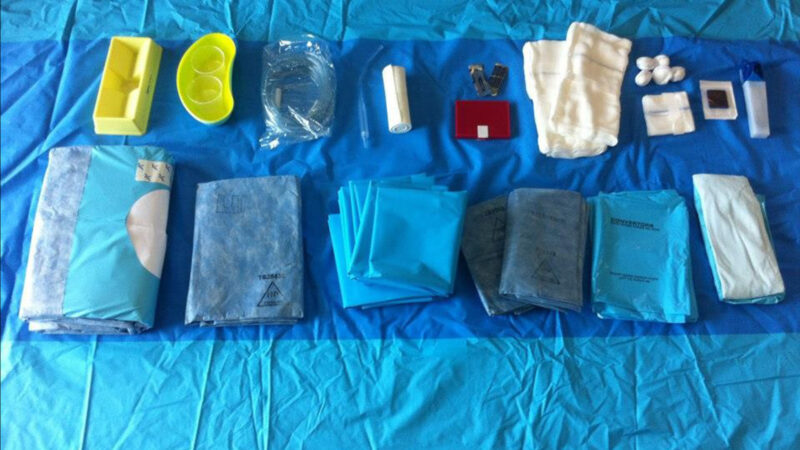Lizzy Quinn is a Musculoskeletal Physiotherapist with 20 years experience focusing on people with spinal pain. Australian Health Journal spoke with Lizzy on the complexities of persistent lower back pain in women.
Lower back pain in women in their 30s, 40s, and 50s is complex to treat due to the combination of physical and emotional factors, and health professionals need to stay updated on best practices and science to provide the best recovery platform for patients. These women typically have busy lives, pressures, and expectations.
The Australian Institute of Health and Welfare (AIHW) website states, ‘Mental and behavioural conditions commonly co-occur with musculoskeletal conditions. Compared with people without musculoskeletal conditions, for people aged 45 and over with mental and behavioural conditions were 1.9 times as likely in people with back problems, 1.6 times as likely in people with arthritis and 1.5 times as likely in people with osteoporosis’.
Lizzy believes women with persistent lower back pain need treatment that considers their emotional and physical pain due to the complexity of their lives. Women with lower back pain often try various treatments without realising the impact of their emotional state on their symptoms, making long-term recovery difficult.
Changes in the spine as we age are normal, but the language used in MRI reports can make it concerning for patients, without a healthcare professional providing a through explanation of some of the terms.
Lizzy states, “MRI findings generally provide little information on how to recover from lower back pain, and only a small number of people actually need imaging straight away. For the majority, it won’t change their treatment.”
Getting a lower back MRI may lead to unnecessary worry as normal age-related changes are often misinterpreted as serious issues.
As far as the body is concerned, the brain cannot tell the difference between physical pain and emotional pain, making lower back pain complex to treat.
Lower back pain may be driven by tissue sensitivity and hyper-sensitisation in the brain, rather than just joint issues.
Emotional distress can reactivate sensitisation in the brain, that can cause persistent lower back pain, especially when combined with emotional distress. Sensitised pain centres in the brain, can prolong lower back pain even after physical healing.
Educating patients about the complexity of lower back pain is important, but GPs have limited time to do so, making it challenging for them to convey the message to their clients.
Without this awareness, patients will fail to understand the main drivers of lower back pain that are vital for long term recovery.
You Might also like
-
Nurse recognised for reducing hospital waste
A nurse who started a charity from a granny flat in her parent’s backyard to reduce hospital waste has taken out one of the Australian nursing profession’s most prestigious honours.
-
4 Years On
Launched 4 years ago, the Queensland Health’s Nurse Navigator program was created for patients with complex care needs. The Nurse Navigators are Advanced Practice Nurses and Midwives that help patients with care coordination and care planning.
A Nurse Navigator has the system knowledge and access, clinical skills and time to understand each person’s needs and to partner with them to develop a plan of care that addresses their health needs and respects and values their time and circumstances.
-
Surgical Site Infection (SSI) Synopsis, including modifiable and non-modifiable risk factors
Talking to the Australian Health Journal, Professor Russo states there is a particular concern in joint operations, such as hip or knee replacements, as infections in these areas can have severe consequences, including the removal of the infected joint, prolonged treatment, and significant costs for both hospitals and patients. Despite the substantial impact of surgical site infections, Australia lacks a national surveillance program for these infections, making it challenging to obtain accurate data. However, an estimate suggests that around 45,000 surgical site infections occur annually in Australia, resulting in approximately 900 deaths.



